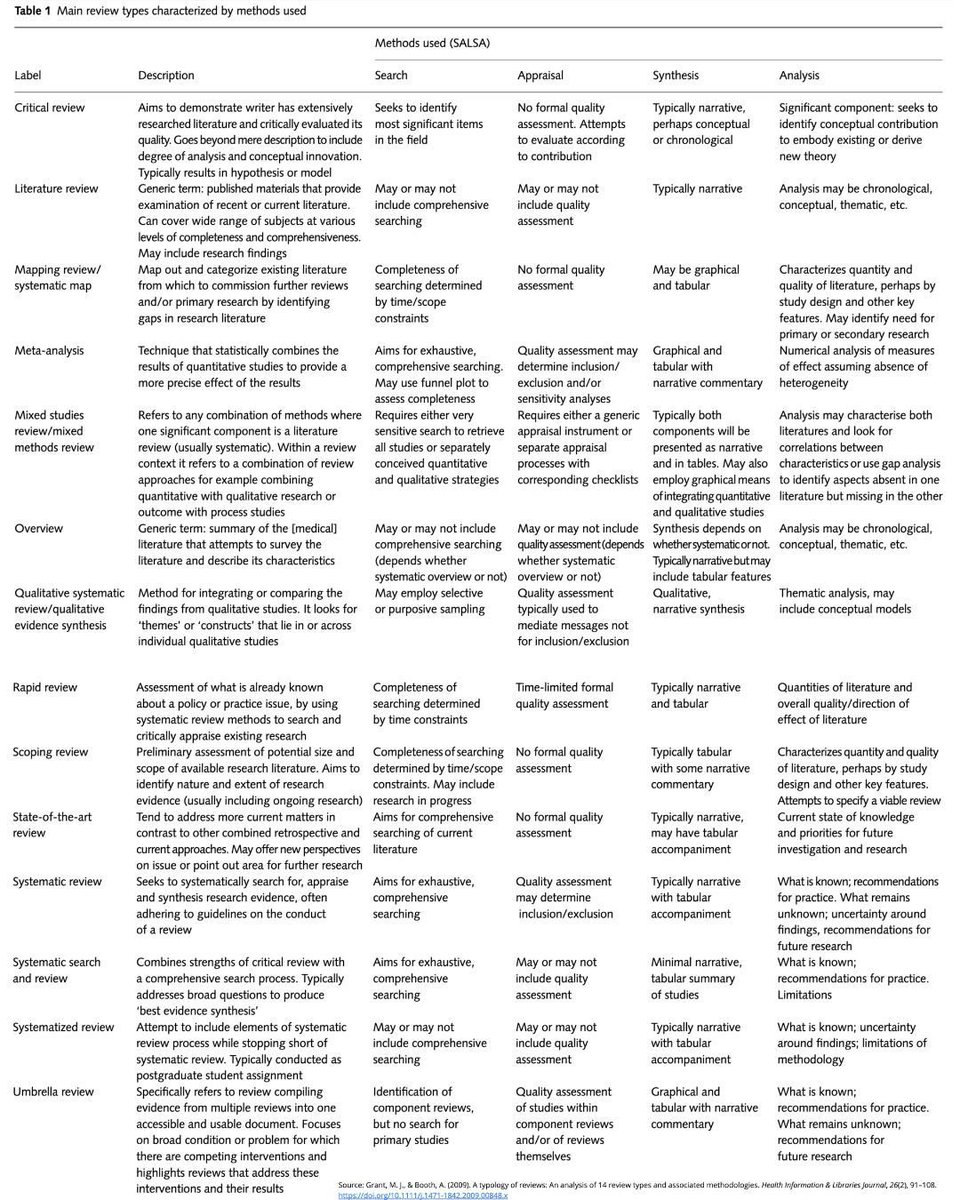Sure, IMRaD is a scientist's ballgame, but have you heard of IRMReDiLiFuConcR?
That's how we roll at #chi2023.
Here's what's in that tongue-twisting paper structure:
🧵↓
That's how we roll at #chi2023.
Here's what's in that tongue-twisting paper structure:
🧵↓
Introduction:
→ What is known?
→ What is unknown?
→ How and why should we fill the gap?
→ Why should people care?
Use @Grammarly @HemingwayApp @languagetool @Writefullapp @TheQuillBot @ReadableHQ @whoisjenniai when editing this section (and the rest of your paper) to rock.
→ What is known?
→ What is unknown?
→ How and why should we fill the gap?
→ Why should people care?
Use @Grammarly @HemingwayApp @languagetool @Writefullapp @TheQuillBot @ReadableHQ @whoisjenniai when editing this section (and the rest of your paper) to rock.
@Grammarly @HemingwayApp @languagetool @Writefullapp @TheQuillBot @ReadableHQ @whoisjenniai Related work:
→ Prepare the state-of-the-art you will talk about later in your discussion.
Use tools like @paperpile, @pure_suggest, @ConnectedPapers, @RsrchRabbit, @scite, @scholarcy, @elicitorg, @LitmapsApp, @sci_hub_, @Science_Open to make this easy for yourself.
→ Prepare the state-of-the-art you will talk about later in your discussion.
Use tools like @paperpile, @pure_suggest, @ConnectedPapers, @RsrchRabbit, @scite, @scholarcy, @elicitorg, @LitmapsApp, @sci_hub_, @Science_Open to make this easy for yourself.
@Grammarly @HemingwayApp @languagetool @Writefullapp @TheQuillBot @ReadableHQ @whoisjenniai @paperpile @pure_suggest @ConnectedPapers @RsrchRabbit @scite @scholarcy @elicitorg @LitmapsApp @sci_hub_ @Science_Open Methods:
→ What did you do?
→ Present all specifics.
Write this first!
Nothing like @NotionHQ to keep track of things while you run your experiments.
→ What did you do?
→ Present all specifics.
Write this first!
Nothing like @NotionHQ to keep track of things while you run your experiments.
@Grammarly @HemingwayApp @languagetool @Writefullapp @TheQuillBot @ReadableHQ @whoisjenniai @paperpile @pure_suggest @ConnectedPapers @RsrchRabbit @scite @scholarcy @elicitorg @LitmapsApp @sci_hub_ @Science_Open @NotionHQ Results:
→ What results did you get?
Process data for free with @rstudio @jamovistats @JASPStats.
Make pretty vector visuals with free tools like TiKZ, @figma , @inkscape.
→ What results did you get?
Process data for free with @rstudio @jamovistats @JASPStats.
Make pretty vector visuals with free tools like TiKZ, @figma , @inkscape.
@Grammarly @HemingwayApp @languagetool @Writefullapp @TheQuillBot @ReadableHQ @whoisjenniai @paperpile @pure_suggest @ConnectedPapers @RsrchRabbit @scite @scholarcy @elicitorg @LitmapsApp @sci_hub_ @Science_Open @NotionHQ @rstudio @jamovistats @JASPStats @figma @inkscape Discussion, Limitations, Future Work:
→ Meaning and implications of this research.
→ How do the results fill the gap?
→ Where do your results not apply?
→ What should we do next?
Check my last thread for an in-depth dive into how to write a discussion section.
→ Meaning and implications of this research.
→ How do the results fill the gap?
→ Where do your results not apply?
→ What should we do next?
Check my last thread for an in-depth dive into how to write a discussion section.
@Grammarly @HemingwayApp @languagetool @Writefullapp @TheQuillBot @ReadableHQ @whoisjenniai @paperpile @pure_suggest @ConnectedPapers @RsrchRabbit @scite @scholarcy @elicitorg @LitmapsApp @sci_hub_ @Science_Open @NotionHQ @rstudio @jamovistats @JASPStats @figma @inkscape Conclusion: 5Cs
→ Why did your advancement matter?
1. Close the loop.
2. Conclude. Show what your final position is.
3. Clarify. Why it's relevant.
4. Concern. For whom does it matter?
5. Consequences. End by noting in one final sentence why this is of such importance.
→ Why did your advancement matter?
1. Close the loop.
2. Conclude. Show what your final position is.
3. Clarify. Why it's relevant.
4. Concern. For whom does it matter?
5. Consequences. End by noting in one final sentence why this is of such importance.
@Grammarly @HemingwayApp @languagetool @Writefullapp @TheQuillBot @ReadableHQ @whoisjenniai @paperpile @pure_suggest @ConnectedPapers @RsrchRabbit @scite @scholarcy @elicitorg @LitmapsApp @sci_hub_ @Science_Open @NotionHQ @rstudio @jamovistats @JASPStats @figma @inkscape IRMReDiLiFuConcR
Try saying it 5 times fast.
Have a giggle.
Get back to writing.
Follow @acagamic on the Twitter.
Try saying it 5 times fast.
Have a giggle.
Get back to writing.
Follow @acagamic on the Twitter.
• • •
Missing some Tweet in this thread? You can try to
force a refresh







